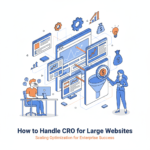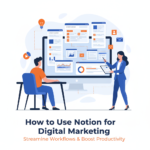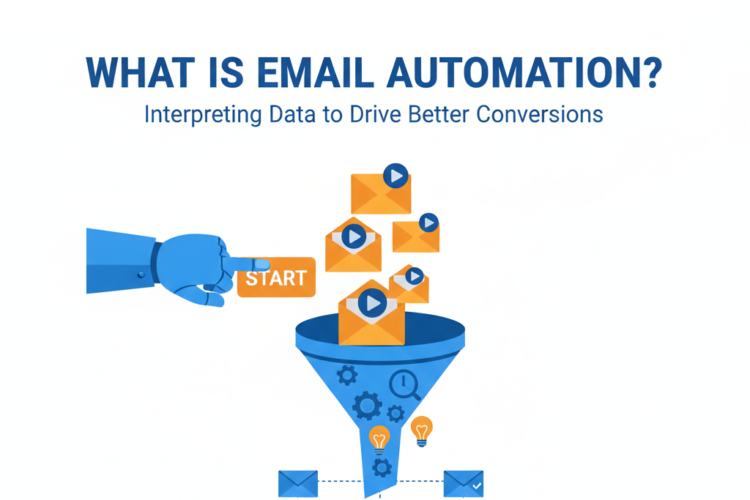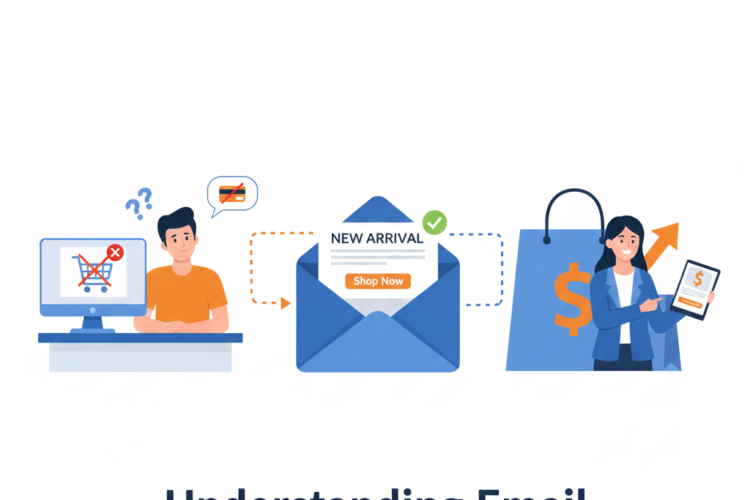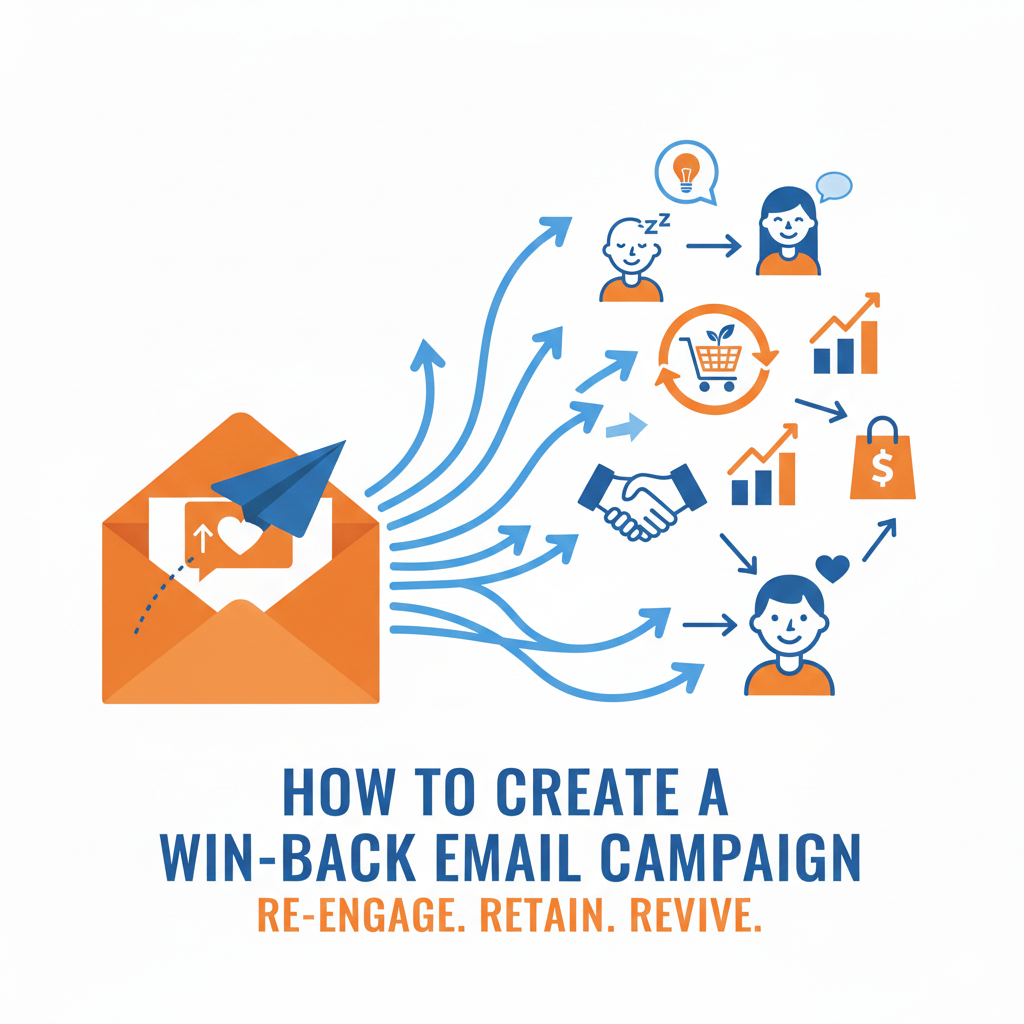
How to Create a Win-Back Email Campaign: The Complete Guide
Table of Contents
What Is a Win-Back Email Campaign?
Why Win-Back Campaigns Are Critical to Email Marketing
When Should You Launch a Win-Back Campaign?
Identifying Inactive Subscribers
Segmenting Your Email List
Crafting the Right Message
Types of Win-Back Emails (With Examples)
Email Subject Lines that Get Opened
Timing and Frequency of Emails
Setting Up the Automation
A/B Testing and Optimization
Measuring Success: Key Metrics
Common Mistakes to Avoid
Tools and Platforms for Win-Back Campaigns
Real-World Win-Back Examples
Final Thoughts and Strategic Tips
1. What Is a Win-Back Email Campaign?
A win-back email campaign is a targeted series of emails sent to inactive subscribers or customers in an effort to rekindle engagement, interest, and purchases.
These emails are designed to:
Remind subscribers of your brand value.
Offer incentives to re-engage.
Understand and address reasons for disengagement.
Ultimately, reduce churn and improve LTV (lifetime value).
2. Why Win-Back Campaigns Are Critical to Email Marketing
Email lists naturally degrade over time—people lose interest, change jobs, or switch emails. On average, 22–25% of subscribers go inactive each year.
Benefits of Win-Back Campaigns:
Improve Deliverability: Engaged lists = better inbox placement.
Boost ROI: It’s more cost-effective to re-engage an old customer than to acquire a new one.
Recover Revenue: Many lapsed customers just need a reminder or small nudge to come back.
Build Brand Affinity: Even if someone doesn’t convert again, a positive re-engagement attempt improves brand sentiment.
3. When Should You Launch a Win-Back Campaign?
You should launch a win-back campaign when subscribers or customers haven’t:
Opened or clicked any emails for 3–6 months
Purchased in the last 90–180 days
Visited your site/app within X time frame (based on your business model)
Timeframe Tip:
SaaS: 30–60 days of inactivity
eCommerce: 90–120 days
Media/Content: 60–90 days
The key is to act before total disengagement or list decay sets in.
4. Identifying Inactive Subscribers
Use engagement and behavior data to define what “inactive” means for your business.
Criteria to Use:
No opens/clicks in the last 60/90/120 days
No purchases or cart activity
No logins or app opens
No survey responses
Unsubscribes or complaints from similar segments
Data Sources:
ESP (e.g., Klaviyo, Mailchimp)
CRM (e.g., HubSpot)
CDP (e.g., Segment)
Analytics platforms (Google Analytics, Mixpanel)
Tag these users in a new segment labeled something like “Likely to Churn – Needs Re-engagement.”
5. Segmenting Your Email List
Don’t treat all inactives equally.
Smart Segments:
High-value customers: Spent a lot, now inactive
One-time buyers
Content subscribers only (no purchases)
Frequent buyers who haven’t engaged recently
App users vs web-only
Customizing messaging based on user behavior and purchase history improves performance dramatically.
6. Crafting the Right Message
The heart of a win-back campaign is your messaging.
Key Elements:
Empathy: Acknowledge their absence without guilt-tripping.
“We noticed you’ve been away. We miss you!”
Value Reminder: Reiterate what they get from your brand.
“Here’s what you’ve missed while you were gone…”
Incentive (Optional but Powerful): Offer a discount, gift, or early access.
“Here’s 20% off to welcome you back.”
Choice: Let them opt out or customize preferences.
“Still want to hear from us? Update your interests.”
Urgency or FOMO: Limited-time offer or exclusive content.
Make your emails friendly, relevant, and emotionally intelligent.
7. Types of Win-Back Emails (With Examples)
1. The “We Miss You” Email
Simple reminder that they haven’t interacted.
Focus on emotional appeal.
Example:
Subject: Still thinking about you…
Body: It’s been a while. We’d love to reconnect. Here’s a quick update on what’s new.
2. The Offer Email
Includes a discount or freebie.
Good for eCommerce and SaaS trials.
Example:
Subject: 20% Off Just for You – For the Next 48 Hours!
Body: We’d love to have you back. Here’s a little something to make your day.
3. The Feedback Email
Ask why they disengaged.
Use a 1-click poll or short survey.
Example:
Subject: How can we do better?
Body: We’re always improving. Let us know how we can serve you better.
4. The Preference Update Email
Encourage them to update content frequency or topics.
Example:
Subject: Want fewer emails? Or more of what you love?
Body: You’re in control. Update your preferences here.
5. The Final Goodbye Email
If they don’t engage after multiple attempts.
Let them know you’re removing them (creates urgency).
Example:
Subject: Last Chance Before We Say Goodbye
Body: We don’t want to clutter your inbox. Unless we hear from you, we’ll stop emailing you.
8. Email Subject Lines that Get Opened
A compelling subject line can make or break your campaign.
Tips:
Keep it personal: Use name or preferences.
Use emotional triggers: “miss you,” “last chance,” “we noticed…”
Add urgency: “24 hours left”
Keep it short and scannable (30–50 characters)
Examples:
“We Miss You—Here’s 15% Off”
“Still Interested?”
“Is This Goodbye?”
“Your Account Needs You”
“Let’s Catch Up!”
9. Timing and Frequency of Emails
A typical win-back campaign is a series of 3–5 emails spread across 1–3 weeks.
Sample Sequence:
Day 1: “We Miss You”
Day 4: Incentive or new value prop
Day 8: Reminder + feedback request
Day 12: Last call (urgency)
Day 15: Goodbye message
Don’t bombard them—but don’t wait too long either. Momentum matters.
10. Setting Up the Automation
Use your email platform to trigger this sequence based on behavior.
Key Steps:
Trigger: No activity for X days
Branching Logic: If they open/click/purchase, exit or move to next funnel
Time Delays: Schedule emails with gaps (2–4 days)
Exit Conditions: Don’t keep emailing someone who re-engages
Platforms: Klaviyo, Mailchimp, ActiveCampaign, Drip, HubSpot
11. A/B Testing and Optimization
Every campaign should be tested and refined.
Test:
Subject lines
Incentive vs no incentive
Different copy tones (funny vs serious)
Visual design vs plain-text
CTA language
Monitor:
Open rate
Click-through rate
Conversion rate
Re-engagement rate
Unsubscribe and complaint rate
12. Measuring Success: Key Metrics
Core Metrics:
Re-engagement Rate: % of users who opened, clicked, or purchased
Conversion Rate: % of users who completed a desired action
Revenue Generated
Email Deliverability: Improved inbox placement post-campaign
List Churn: % of emails removed after final attempts
13. Common Mistakes to Avoid
Waiting too long to re-engage
Using guilt or spammy language
Sending too many emails in a short span
Not offering a compelling reason to return
Ignoring customer data/behavior
Not cleaning your list after the campaign
14. Tools and Platforms for Win-Back Campaigns
| Tool | Use |
|---|---|
| Klaviyo | Powerful automation and segmentation |
| Mailchimp | Beginner-friendly automation |
| ActiveCampaign | Advanced logic and integrations |
| Drip | Great for eCommerce |
| HubSpot | CRM + email automation combo |
| SurveyMonkey / Typeform | Collecting feedback |
| Canva / BEE | Email design |
15. Real-World Win-Back Examples
Example 1 – Netflix:
Subject: Come back for what you love
Body: Show previews of new releases based on past views + 1-month free trial.
Example 2 – Sephora:
Subject: We’ve missed you!
Body: 10% off + new personalized product recommendations.
Example 3 – Grammarly:
Subject: Your writing assistant misses you
Body: Friendly tone + CTA to check new features.
16. Final Thoughts and Strategic Tips
Always test before scaling.
Personalize based on behavior, not just name.
Don’t be afraid to let go of non-responders.
Use win-back campaigns as a learning tool—understand why people disengage.
Combine with SMS, push notifications, or retargeting for higher impact.
Author
